12 Winter Birds Myths and Facts: Do Birds Get Cold?
Updated: Jan. 19, 2024
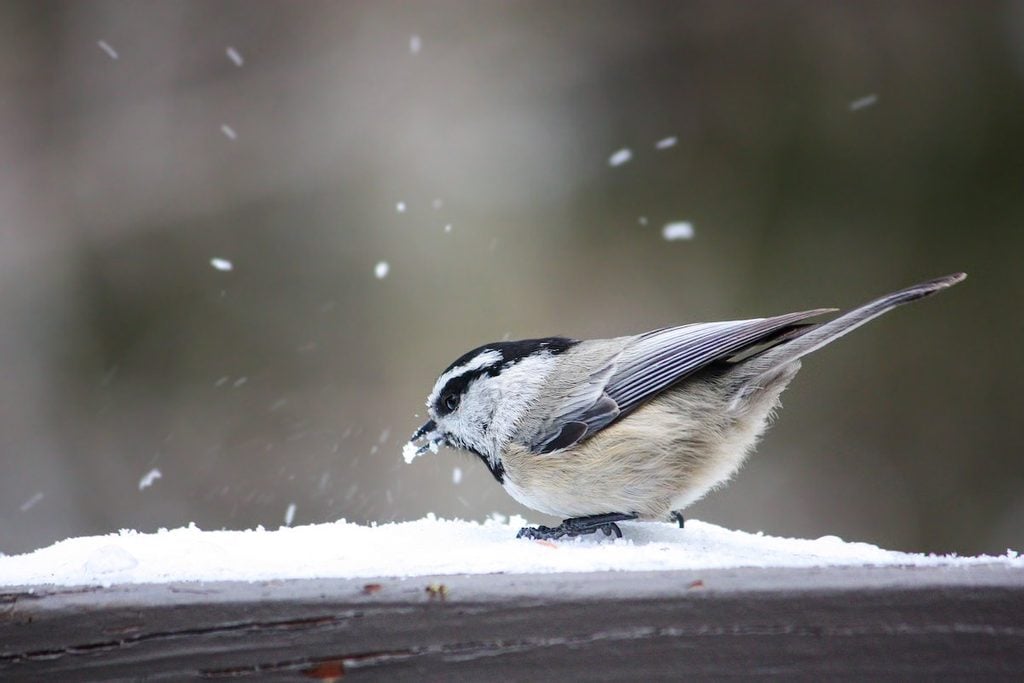
Do birds get cold? Some birders worry winter birds will freeze on cold nights or in bird baths. Our expert has the winter bird facts.
Do birds get cold? When it comes to winter birds, it seems there are even more myths than usual. Here are a few of the common winter bird myths I’ve heard. Hopefully, I can help debunk these winter birds myths once and for all with the correct facts. And don’t miss our best winter bird photos.
Winter Birds Myth: Birds will freeze to death when temperatures drop far below zero
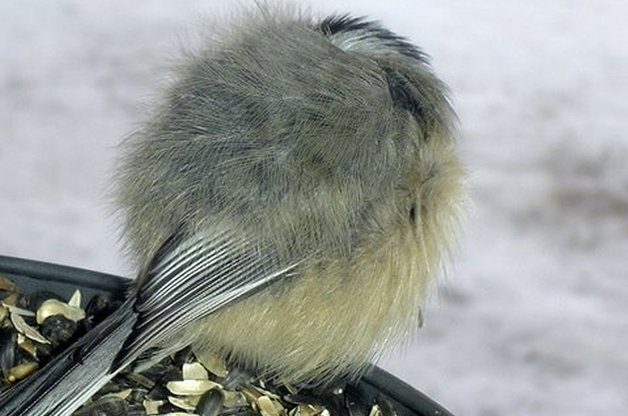
Winter Birds Fact: Birds are well equipped to survive the coldest of temperatures. They store fat during the short days of winter to keep themselves warm during the long nights. During those freezing nights, they fluff their feathers to trap heat and slow their metabolism to conserve energy. A bird’s body temperature remains approximately 105 degrees, even in winter.
They also look for good places to roost, whether it’s a birdhouse, natural tree cavity, grass thicket, evergreen or shrub. Pygmy nuthatches communally roost to stay warm. Researchers have documented 100-plus birds roosting in a single tree cavity. Additionally, they drop into a hypothermic state to save energy.
Birds & Blooms reader Holly Harnly asks, “Do birds’ feathers get thicker in winter as animals’ fur does?”
Birding experts Kenn and Kimberly explain. “Yes, birds living in cooler climates actually do have thicker plumage in winter. It’s typical for them to molt in fall, replacing all or most of their feathers so their outer coating of feathers is in good, fresh condition during the coldest time of year. Under that outer layer, many birds grow hundreds of small downy feathers that are close to the skin for the season. They may increase the total number of feathers by 25% or more—in effect, putting on a natural down vest to help them survive the winter chill.”
Learn how to create winter shelter for birds.
Myth: Robins always fly south for winter
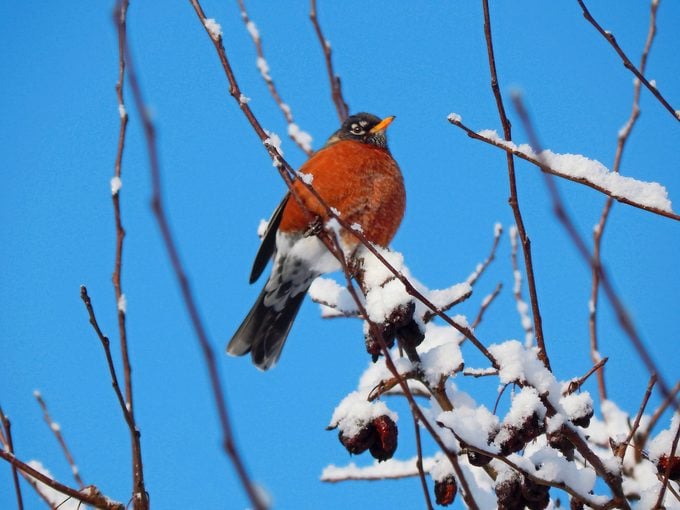
Winter Birds Fact: If there is sufficient food on their breeding grounds, American robins, bluebirds, and a host of finches and owls remain in the area where they spent the summer. As these birds often eat insects, they will instead forage among tree bark for overwintering bugs rather than on the frozen ground, where you’re more likely to see them in spring and summer.
Learn more about what foods robins eat.
Myth: You should take birdhouses down in winter because birds don’t use them and other creatures will move in
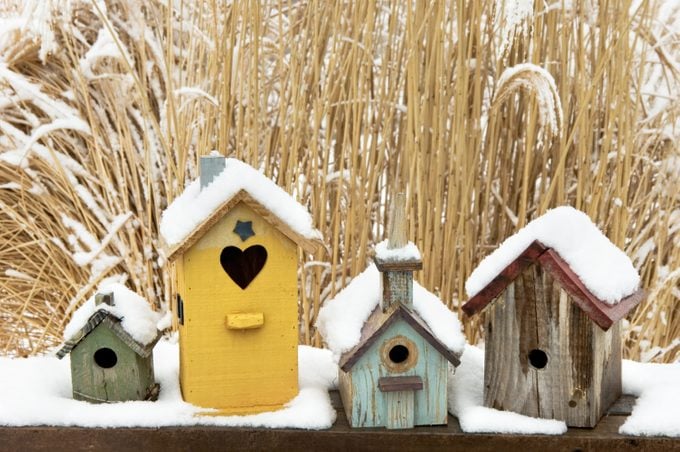
Winter Birds Fact: On the contrary! A birdhouse makes a great roosting house in winter. Eastern bluebirds will pile into houses to spend cold nights. One photographer once even snapped a picture of 13 male bluebirds in a single house! Learn how to make a DIY bluebird house.
Myth: If you leave town, the birds that rely on your feeders will die
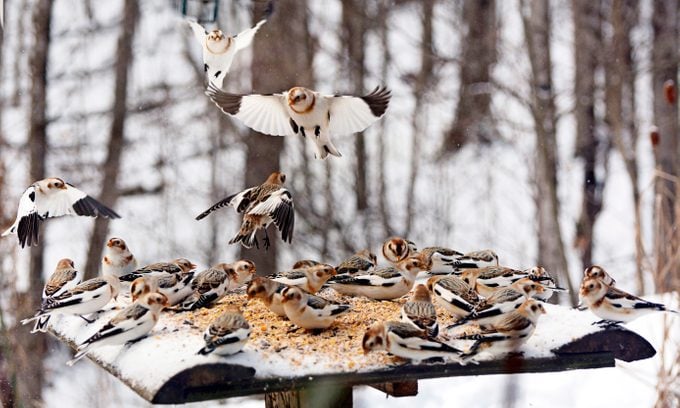
Winter Birds Fact: Research has proven this one wrong. Scientists have shown that chickadees, for example, will eat only 25% of their daily winter food from feeders. They find the other 75% in the wild. In addition, with so many people feeding them nowadays, birds will simply fly to a nearby neighbor’s yard to get their food until you return home.
Check out the 10 types of bird feeders you need in your backyard.
Myth: Birds’ feet will stick to metal bird feeders and suet cages
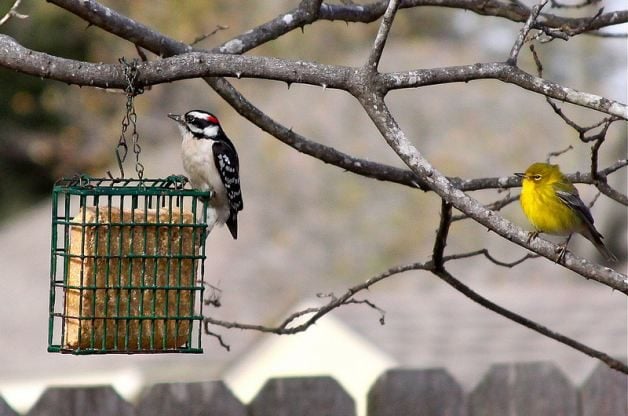
Winter Birds Fact: Most suet cages have a laminated covering, so you don’t have to worry about birds’ feet sticking to it. But in general, birds and their feet can endure cold weather. Birds have a protective scale-like covering on their feet, and special veins and arteries that keep their feet warm.
Learn more about bird anatomy.
Myth: All hummingbirds migrate south for winter
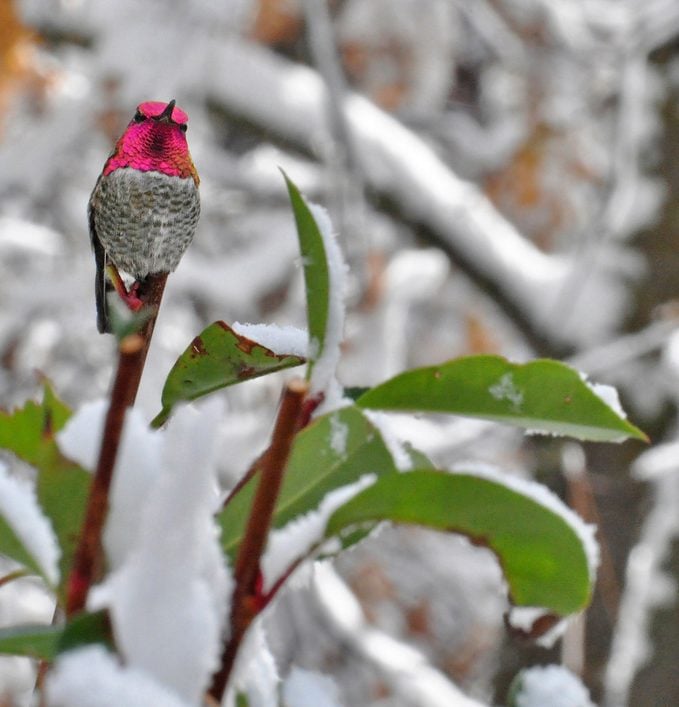
Winter Birds Fact: Though most hummingbird species in North America do migrate south for the winter, the Anna’s hummingbird remains on its West Coast breeding grounds.
Learn where hummingbirds go in winter.
Myth: Birds always migrate in flocks
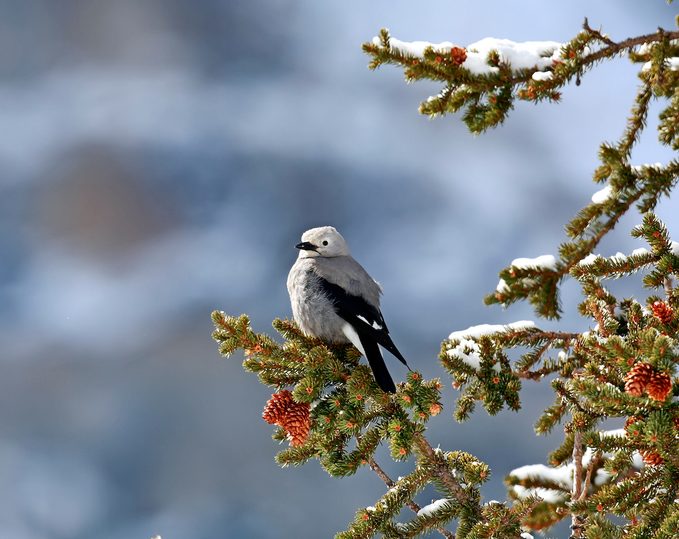
Winter Birds Fact: Though many birds migrate in flocks—common nighthawks, American robins, swallows and European starlings, for example—other species migrate alone. The most amazing example of this is a juvenile hummingbird that has never migrated before, yet knows when to fly, where to fly, how far to fly and when to stop. And it does this all alone.
How does a butterfly survive winter?
Myth: Migration means north in the spring and south in the winter
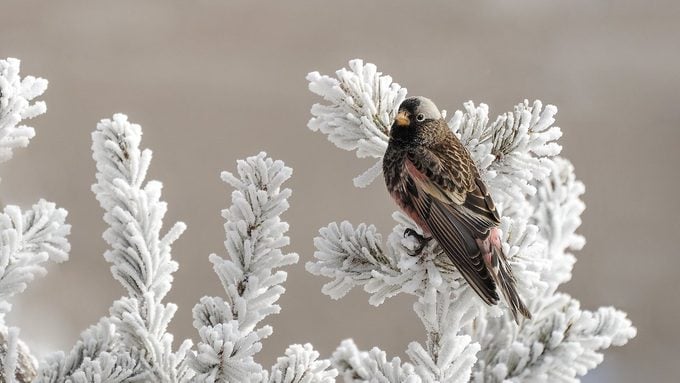
Fact: Some bird species migrate to higher elevations in the spring and down to lower elevations in the winter. Examples include rosy finches and ptarmigans in the West. Learn where migrating birds spend the winter.
Myth: Peanut butter will get stuck in birds’ throats, and they will choke
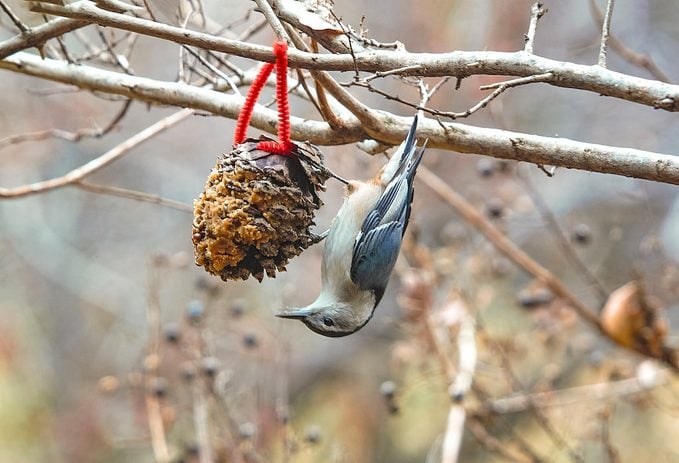
Fact: Peanut butter is a very nourishing food for birds, especially in winter when the production of fat is important to their survival. The winter birds myth that peanut butter will stick in their throats simply isn’t true.
Check out the top tips for winter bird feeding.
Myth: American goldfinches are bright yellow year-round
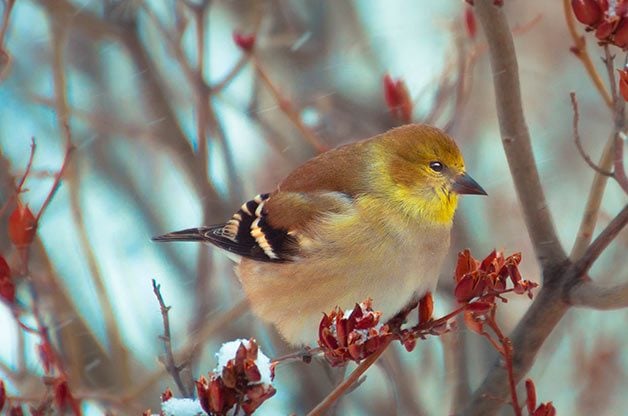
Fact: As fall approaches, American goldfinches lose their bright-yellow plumages, replacing them with feathers that are a dull, brownish-green. Many people don’t recognize these birds in winter, even though duller-colored birds are still at the feeders. They assume that their “wild canaries” have migrated south for winter.
Learn how to attract goldfinches to your backyard.
Myth: Woodpeckers peck on house siding in winter for food or to create nesting cavities
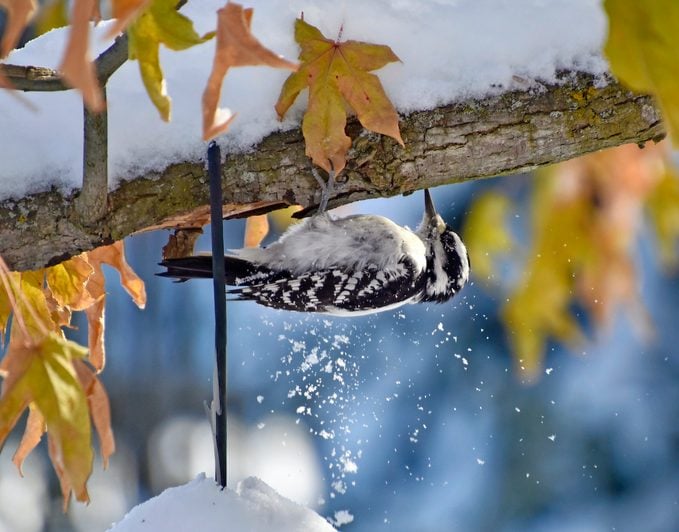
Fact: Why do woodpeckers peck? Although there are cases where woodpeckers find food in wood siding (and may even nest inside the boards), nearly all the pecking in late winter is done to make a noise to court mates. This is their way of singing a song to declare territory.
Check out the best foods for attracting woodpeckers.
Myth: If you have water in a birdbath when the temperature is below freezing, birds will freeze to death from wet feathers
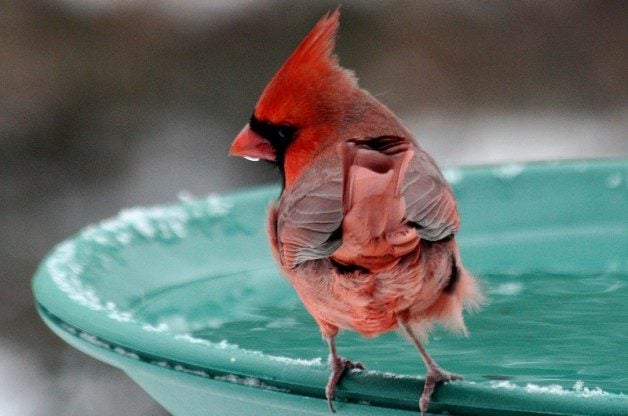
Fact: Birds will drink from a heated bird bath, but if the temperature is well below freezing, they will not bathe in it and get their feathers wet. If you’re still worried, offer warm water to drink, but make it too deep or inaccessible for the birds to bathe in.
Here’s how to attract birds to use a bird bath.
More Fascinating Winter Bird Facts
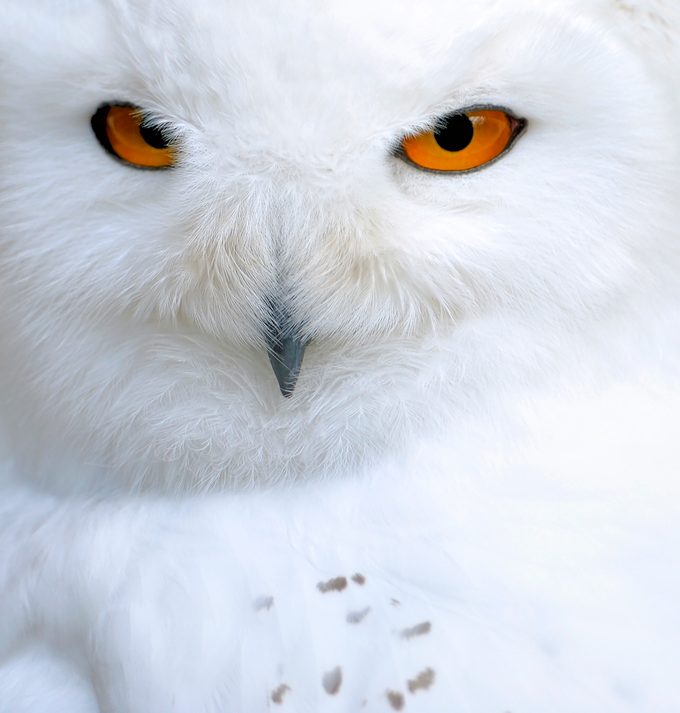
- In 2013 Project Snowstorm began collecting data on snowy owl movements. To date, the project has monitored nearly 100 individual owls.
- Clark’s nutcrackers cache food. They carry 100 or more pine nuts at a time in specialized pouches under their tongues.
- Feeding on salmon from rivers kept open by percolating groundwater, 700 to 900 bald eagles congregate annually in early winter along southeast Alaska’s Chilkat Valley.
- Ruffed grouse dive into snow to stay warm. Their snow caves maintain temperatures of 20-plus degrees, no matter how cold the air temperature drops.
- During the 2022 Great Backyard Bird Count, 359,479 eBird reports documented 7,099 species.
